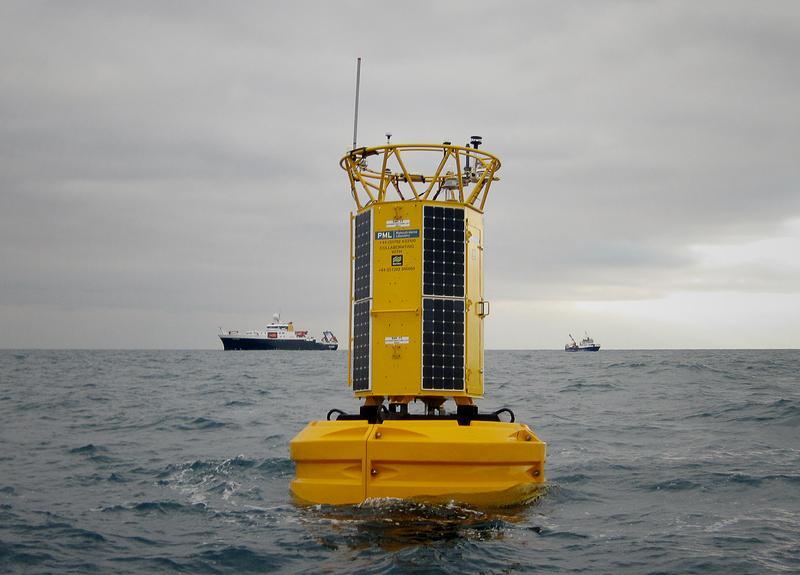Ten years ago, I outlined some key challenges and opportunities facing marine biology in an era of unprecedented environmental change. Here, I consider progress in response to these challenges and point to some that are emerging. There has been a welcome increase in societal awareness of climate change impacts, largely thanks to reporting of the more frequent incidence of extreme climate-related events. The 2023 Intergovernmental Panel on Climate Change report outlines the impacts of continued greenhouse gas emissions, with the best-case scenario 1.5oC global temperature increase likely to be breached.[1] The report, however, does offer some hope that sustained reductions in greenhouse gas emissions could produce tangible changes within decades.
Improved understanding of complex biological processes from sub-cellular to ocean basin, underpinned by evolving toolkits such as omics, analytical power, and modelling, have given us new insights into biogeochemical and evolutionary drivers. The rapid rise of artificial intelligence demands awareness of great opportunities, such as digital twin technology, along with potential threats for data interpretation and dissemination. Marine biodiversity studies have been boosted by large multi-partner projects such as the UK-focused Darwin Tree of Life (DToL) project,[2] one of several projects comprising the Earth Biogenome Project.3 Marine Biotechnology will certainly also benefit from these advances, with percentage growth in this sector predicted to exceed global economic growth by 2030.
While we better understand how changing environmental variables such as ocean pH and temperature will affect single species, effects on whole communities remain less certain. At the same time, the full impacts of many other stressors have yet to be revealed: examples are the wider impacts of plastic pollution, and increased anoxia and its effects on fish behaviour, which will have great relevance to global fisheries.
Ten years ago, the role of coastal ecosystems in global carbon fluxes and storage was not fully appreciated. We now know that coastal regions may represent approximately half of the total carbon sequestered in marine sediments.4 Blue carbon is mainly represented by tidal marshes, mangroves, and seagrasses, with the more recent addition of kelp and other coastal algae. It will be important to make progress quantifying the dynamics of this carbon reservoir and its role in global carbon fluxes.
Established observatories are vital to maintain time-series data, and international collaboration to integrate these observations at different scales is critical (Fig. 1). This is happening through, for example, the US-funded Ocean Observatories Initiative (OOI) and the European Multidisciplinary Seafloor and Water Column Observatory (EMSO). The climate footprint of the research community is now being addressed by research vessels and AUVs (autonomous underwater vehicles) developed for net zero oceanographic capability (NZOC). The commissioning of the British Antarctic Survey vessel RV Sir David Attenborough represents a major step in UK marine research.

Figure 1. The international science community is building capacity to observe and interpret marine biological activity in the ocean at a wide range of scales. The E1 Autonomous Buoy is part of the Western Channel Observatory. © Plymouth Marine Laboratory.
Global initiatives and recommendations for marine science include the Glasgow Climate Pact 2021 from COP26.[3] The UN Ocean Decade kicked off in 2021, identifying 10 challenges as a stimulus to governments and funders for collective impact in marine sciences.[4] The European Marine Board continues to publish a range of position papers on the challenges and opportunities for marine research, ranging from geohazards to microbial biodiversity.[5]
A healthy ocean is essential to the survival and wellbeing of humanity. Marine biological research is indispensable to demonstrate this and to enable society to manage, predict, and protect the huge societal wealth that our oceans provide. Increasing this awareness will be of paramount importance over the next 10 years and beyond.
Colin Brownlee (cbr@MBA.ac.uk)
[3] https://unfccc.int/documents/460954
